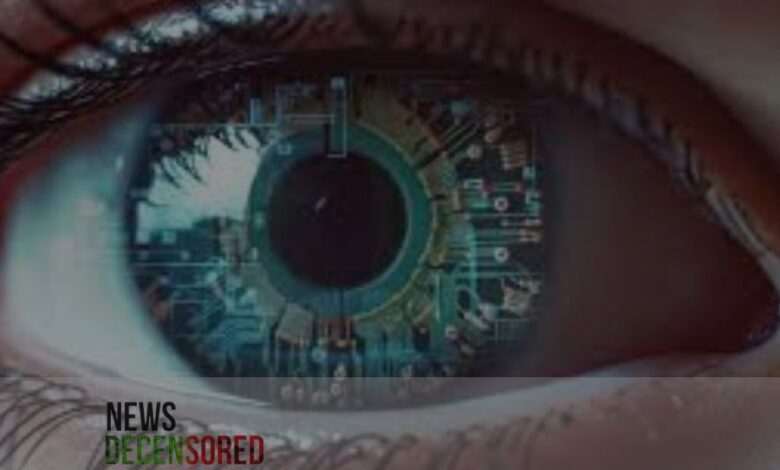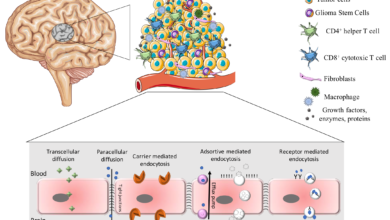Scientists Develop Solar Panel Implant for the Human Eye Retina to retain eyesight

Imagine a world where incurable eye diseases like retinitis pigmentosa and age-related macular degeneration are no longer a sight barrier. Thanks to a recent breakthrough by a dedicated team of researchers, this vision (pun intended) might be inching closer to reality.
These researchers are pioneering the development of solar-powered eye implants. This revolutionary technology utilizes miniature solar photovoltaic panels implanted within the eye to power sensors and cameras. This offers a glimmer of hope for millions struggling with vision loss, as both retinitis pigmentosa and macular degeneration damage the photoreceptor cells responsible for capturing light and converting it into signals the brain interprets as images.
The concept of using neuroprosthetics to restore vision isn’t entirely new. However, the challenge has always been finding an efficient and long-term power source for these delicate implants. Traditional batteries pose issues, requiring replacement surgery and adding unnecessary bulk to the device.
Enter solar power: a clean, sustainable solution. These photovoltaic panels would be designed to harness light directly, generating the electricity needed to power the implant. Dr. Udo Roemer, a researcher at The University of New South Wales, explains, “For a long time, we’ve known that retinal implants could potentially replace damaged photoreceptors. One approach involves using electrodes to create electrical pulses, allowing patients to see a small spot of light. However, such trials have relied on wires entering the eye, which is a complex and potentially risky procedure.”
Solar implants offer a significant advantage in this regard. By eliminating the need for wires, the procedure becomes less invasive and minimizes complications. However, there are hurdles to overcome. One challenge is ensuring enough power generation. A single solar cell might not be sufficient to stimulate the neurons responsible for vision. Researchers are exploring stacking multiple cells to increase efficiency.
Dr. Roemer acknowledges this, stating, “Even with stacked cells, sunlight alone might not be enough. Patients might need to wear specialized goggles or smart glasses that amplify sunlight to the intensity required for consistent neuronal stimulation.”
While this technology is still in its early stages, the successful stacking of two solar cells and the promising results in energy production marks a significant step forward. The road ahead involves further miniaturization of these cells to create high-resolution “pixels” for clear vision and extensive testing in animal models before human trials can commence.
The potential impact of solar-powered eye implants is truly transformative. They offer the possibility of restoring sight to those who have lost it, granting them independence and a renewed quality of life. This research is a beacon of hope, and with continued development, it might one day illuminate the path toward a world free from incurable vision loss.




